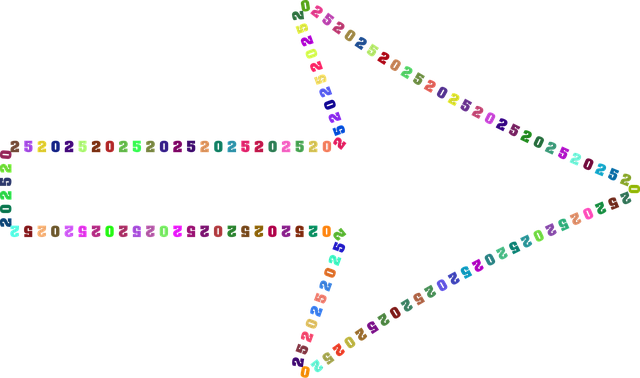South Africa and Zimbabwe, despite shared economic struggles, face distinct poverty challenges rooted in their unique histories. Zimbabwe's hyperinflation and political instability contrast with South Africa's apartheid-era inequality. Their economic strategies differ: South Africa focuses on land redistribution, while Zimbabwe targets inflation control and foreign investment. These differences impact agriculture, education, and life expectancy, offering insights into effective poverty combat. Comparing social indicators reveals contrasting paths; South Africa has a robust GDP and healthcare, while Zimbabwe faces economic volatility and a digital divide. Targeted interventions are crucial to address these unique factors shaping poverty in both nations. (south africa vs zimbabwe)
“Unraveling the complex narrative of poverty in South Africa and Zimbabwe demands a nuanced approach. This guide delves into the key factors shaping these nations’ economic landscapes, offering a comprehensive comparison. By examining poverty metrics, we explore how different methodologies paint distinct pictures. We then deconstruct economic disparities, comparing historical trends and current challenges. Additionally, social indicators—from education to healthcare—are scrutinized for their profound impact on poverty rates in both countries.”
- Understanding Poverty Metrics in South Africa and Zimbabwe
- Deconstructing Economic Factors: A Comparison
- Exploring Social Indicators and Their Impact on Poverty Rates
Understanding Poverty Metrics in South Africa and Zimbabwe

In South Africa vs Zimbabwe, understanding poverty rates involves delving into distinct economic landscapes shaped by historical factors such as colonialism’s impact on cultural identities and geography. Both nations grapple with poverty, but their specific challenges differ significantly. For instance, Zimbabwe has faced severe economic downturns due to hyperinflation and political instability, while South Africa’s inequality is often attributed to its history of apartheid and persistent racial disparities in access to resources.
When examining poverty metrics, it’s crucial to consider government interventions in both countries. Efforts like social welfare programs, infrastructure development, and education initiatives play pivotal roles in addressing hunger and improving living standards. In South Africa, the focus has been on redistributing land and wealth, while Zimbabwe has implemented various economic reforms targeting inflation control and foreign investment. Give us a call at our organization to learn more about how these strategies impact agriculture and wildlife habitats, as well as education, offering insights into the multifaceted approach required to combat poverty effectively in both nations.
Deconstructing Economic Factors: A Comparison

South Africa and Zimbabwe, two neighboring countries with shared histories, present stark contrasts when it comes to economic factors contributing to poverty rates. Deconstructing their unique circumstances offers valuable insights into understanding these disparities.
In South Africa, a robust industrial farming sector, driven by large-scale commercial operations, significantly impacts food production and accessibility. This stands in contrast to Zimbabwe’s agricultural landscape dominated by smallholder farming systems, which, despite their resilience, face challenges in keeping up with the country’s growing population’s needs. The difference in crop production methods—SA’s industrial farming vs. Zim’s smallholder system—play a crucial role in shaping food security and, consequently, poverty levels. Both countries have made efforts to address hunger through government interventions, but South Africa’s more diverse economy and robust social safety nets have resulted in better outcomes in terms of life expectancy trends compared to Zimbabwe. Furthermore, the digital divide between the two nations is evident; South Africa’s technological advancements enable wider access to information and opportunities, while Zimbabwe continues to navigate connectivity challenges. Visiting us at Life Expectancy Trends in both nations can provide a deeper understanding of these economic disparities and their societal implications.
Exploring Social Indicators and Their Impact on Poverty Rates

Understanding poverty rates in South Africa versus Zimbabwe requires delving into their unique social indicators. Both countries face economic disparities, but factors like internal and cross-border migration play distinct roles. In South Africa, a robust GDP and thriving tourism sector contribute to its overall development, while Zimbabwe’s economy has been more volatile, impacting its citizens’ standard of living.
A comparative analysis reveals stark contrasts in social aspects such as access to medical services and digital connectivity. South Africa’s innovative solutions in healthcare tourism attract global patients, showcasing advancements in medical infrastructure. Conversely, Zimbabwe grapples with a widening digital divide, hindering opportunities for economic growth and access to information. These disparities underscore the need for targeted interventions aimed at fostering inclusivity and reducing poverty across both nations.
In comparing poverty rates between South Africa and Zimbabwe, it’s clear that economic disparities significantly influence social indicators. By understanding the unique metrics and factors in each country, we can better navigate the complexities of poverty alleviation. This guide highlights the critical interplay between economic dynamics, social structures, and poverty levels in both nations, offering valuable insights for informed discussions on improving living standards across the region. Through deconstructing these elements, we gain a more nuanced view of the challenges and potential strategies to foster economic growth and reduce poverty in South Africa vs. Zimbabwe.







Leave a Reply